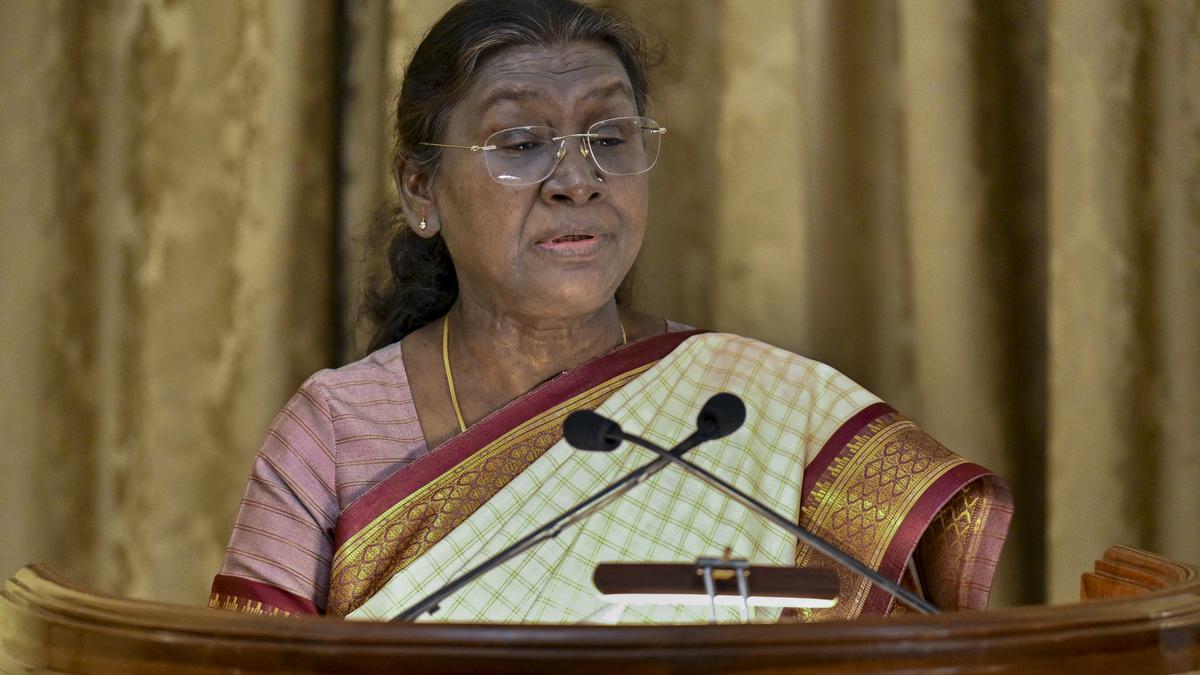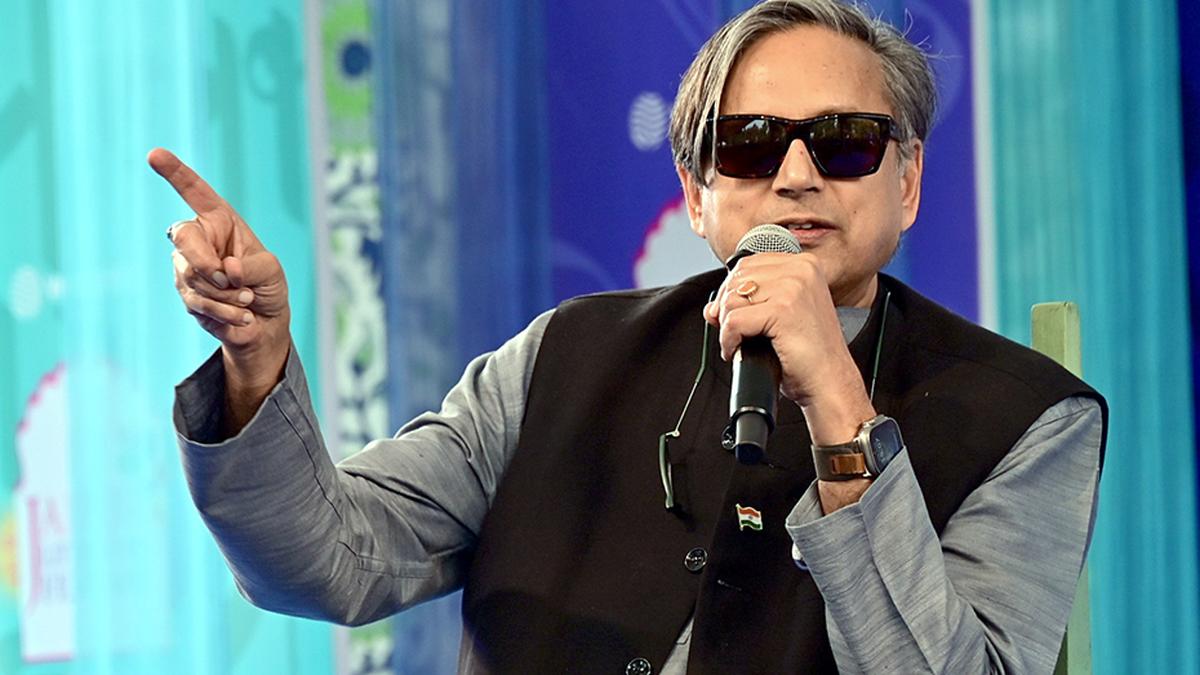China has long been regarded as the global manufacturing powerhouse, but India’s rise as a strong competitor is challenging China’s dominance in this sector. The vision of Indian Prime Minister Narendra Modi, encapsulated in his flagship campaign ‘Make in India’, has fueled India’s rejection of Chinese influence and positioned the country as an attractive alternative for global manufacturers.
Under the ‘Make in India’ campaign, India aims to not only be a manufacturing hub but also to become a global manufacturing destination. The objective is to shift the focus from mere production to creating high-value products that are globally competitive. This vision has received significant attention from international investors and has led to a surge in foreign direct investment (FDI) inflows.
As India gains ground in global manufacturing, it is emerging as a strong candidate for the China+1 strategy. The China+1 strategy refers to a shift by multinational companies to diversify their supply chains and reduce dependence on China by establishing alternative production bases in other countries. The goal is to mitigate risks associated with over-reliance on a single manufacturing location.
India’s emergence as a viable option for the China+1 strategy is driven by various factors. First and foremost, India offers a large and young workforce with competitive wages, making it an attractive destination for labor-intensive industries. Additionally, the country has made significant strides in improving its business environment, simplifying bureaucratic procedures, and implementing reforms to facilitate ease of doing business.
Furthermore, the Indian government’s focus on infrastructure development, such as the construction of industrial corridors and special economic zones, has created conducive environments for manufacturing activities. The introduction of the Goods and Services Tax (GST) has also streamlined the indirect tax structure and improved logistics efficiency.
The ongoing geopolitical tensions between India and China have further expedited India’s rise as a manufacturing powerhouse. The border disputes and the wider political differences have led Indian businesses and policymakers to adopt a cautious approach towards Chinese products and investments. This sentiment has prompted a surge in domestic demand for locally produced goods, providing an impetus to the ‘Make in India’ campaign.
At the same time, China’s influence in global manufacturing is facing headwinds. Rising labor costs, stricter environmental regulations, and an aging population have eroded China’s competitive advantage. Multinational companies are increasingly diversifying their approach, looking for alternative locations that offer cost advantages, market accessibility, and a favorable business environment. India, with its vast consumer market and improving business climate, has positioned itself as a compelling option.
The shift in global supply chains away from China and towards India indicates a changing landscape in global manufacturing. However, it is important to note that China still retains several key advantages, such as a robust infrastructure network, established manufacturing clusters, and a highly skilled workforce. It would be premature to assume that India will completely overtake China in the near future.
Nonetheless, India’s rise as a manufacturing powerhouse and its rejection of Chinese influence underscore the shifting dynamics in global manufacturing. The ‘Make in India’ campaign has not only positioned India as a strong competitor but also as a major player in the global supply chain ecosystem.
As India continues to assert its influence in global manufacturing, it is crucial for the country to focus on sustaining this momentum by addressing key challenges. These challenges include improving infrastructure, addressing skill gaps, reducing bureaucratic red tape, and enhancing the ease of doing business. By effectively tackling these obstacles, India can further enhance its attractiveness as a global manufacturing destination and solidify its position in the China+1 strategy.










